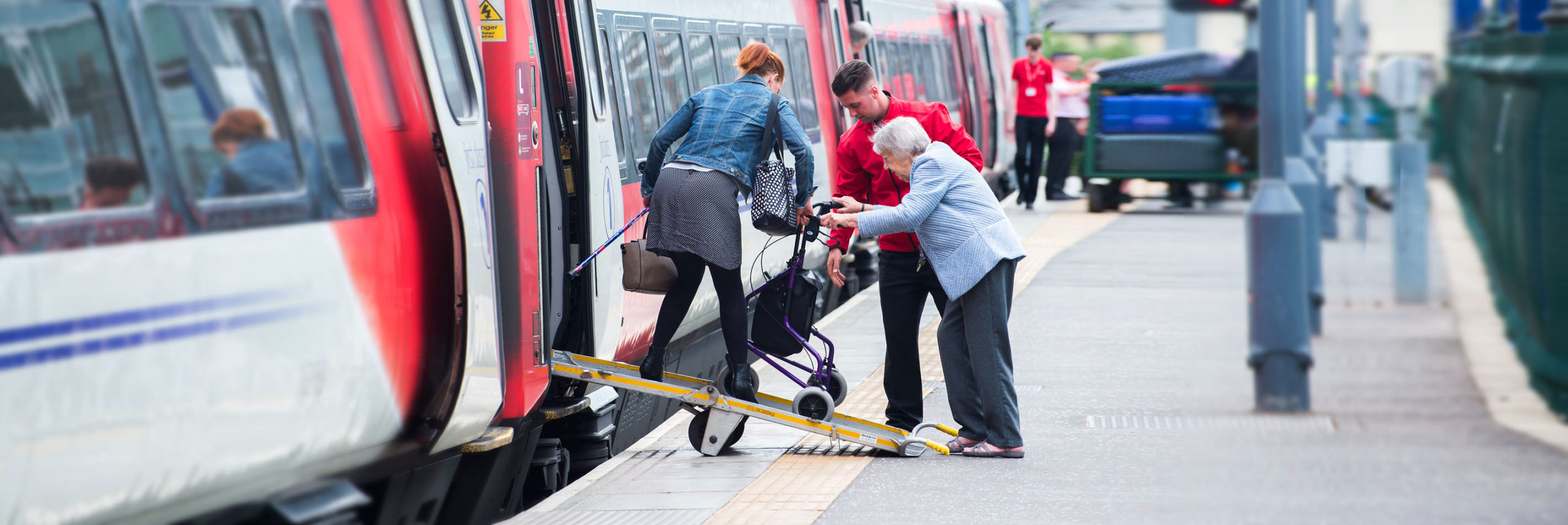The railway exists to move people and goods from place to place in a safe and efficient manner. It also has a responsibility to contribute to protecting the environment and supporting wider society.
As technology advances these core outcomes need to be remembered, so that the maximum overall benefit is achieved.
The well-established ‘Four C’ challenges of reducing cost and carbon, increasing customer satisfaction and providing agile capacity remain pertinent and align with the outcomes targeted by the Rail Technical Strategy.
Maximising the value of the railway is, in particular, paramount for success. This will not always mean reduced cost in the short term, some technological progress will require an increase in investment, but could significantly improve the value delivered to customers and taxpayers.
As a recognised ‘green’ travel option, rail already contributes relatively little to carbon and air pollution. But there is still more that can be done to meet ambitions around zero carbon and zero harm.
The four outcomes described here provide a framework in which the technical priorities established in this strategy should be considered.
The well-established ‘Four C’ challenges of reducing cost and carbon, increasing customer satisfaction and providing agile capacity remain pertinent and align with the outcomes targeted by the Rail Technical Strategy.
Maximising the value of the railway is, in particular, paramount for success. This will not always mean reduced cost in the short term, some technological progress will require an increase in investment, but could significantly improve the value delivered to customers and taxpayers.
As a recognised ‘green’ travel option, rail already contributes relatively little to carbon and air pollution. But there is still more that can be done to meet ambitions around zero carbon and zero harm.
The four outcomes described here provide a framework in which the technical priorities established in this strategy should be considered.

Happy customers
The mode of choice for passengers and freight.
In a normal year, the railway moves close to 2 billion people and lifts over 17 billion net tonne-kilometres of freight which includes around 40% of domestic intermodal freight. Other surface transport modes are changing and evolving rapidly but cannot offer the level of
Read moreRead less

A vibrant sector
A railway that attracts investment and talent.
Creating an attractive sector to invest in and work for will ensure continued interest from both the talent and the capital that we need.
The future workforce needs to see rail as a desirable career path, with an exciting future underpinned by its rich history.
Read moreRead less
The future workforce needs to see rail as a desirable career path, with an exciting future underpinned by its rich history.

Stronger society and economy
An accessible and affordable mode that supports the UK economy.
Transport provides opportunities to access employment and leisure, and to engage with families and friends. Rail can do this at scale and speed, enabling people to travel long distance in comfort and making it possible for large numbers to reach city centre jobs reliably.
Read moreRead less

Better environment
Sustainable operations with a positive environmental impact.
The railway is already a low carbon mode, with over 70% of passenger km run by electric trains. But the sector still emits 3,500 ktonnes of CO2 from traction alone and the freight side is overwhelmingly reliant on diesel. And while air emissions are similarly low, with rail
Read moreRead less



